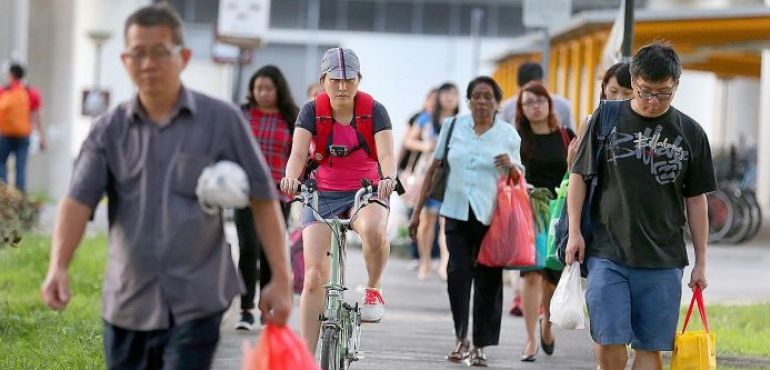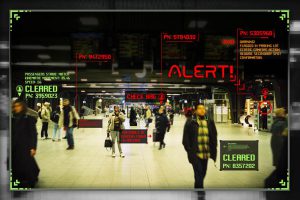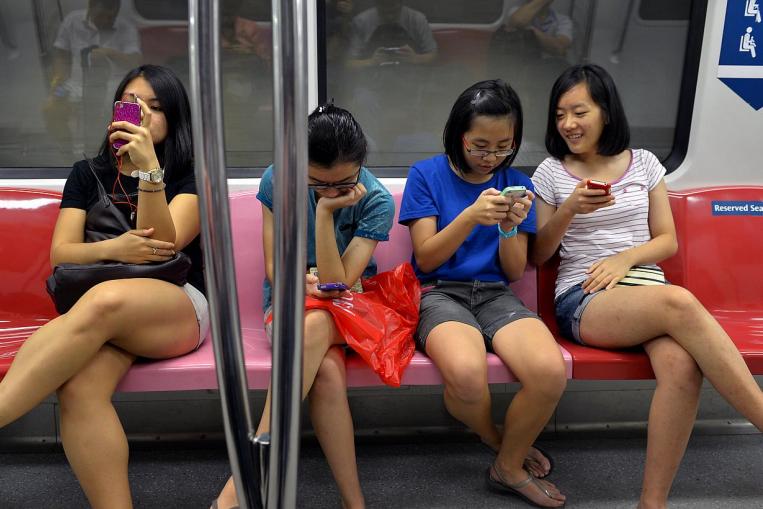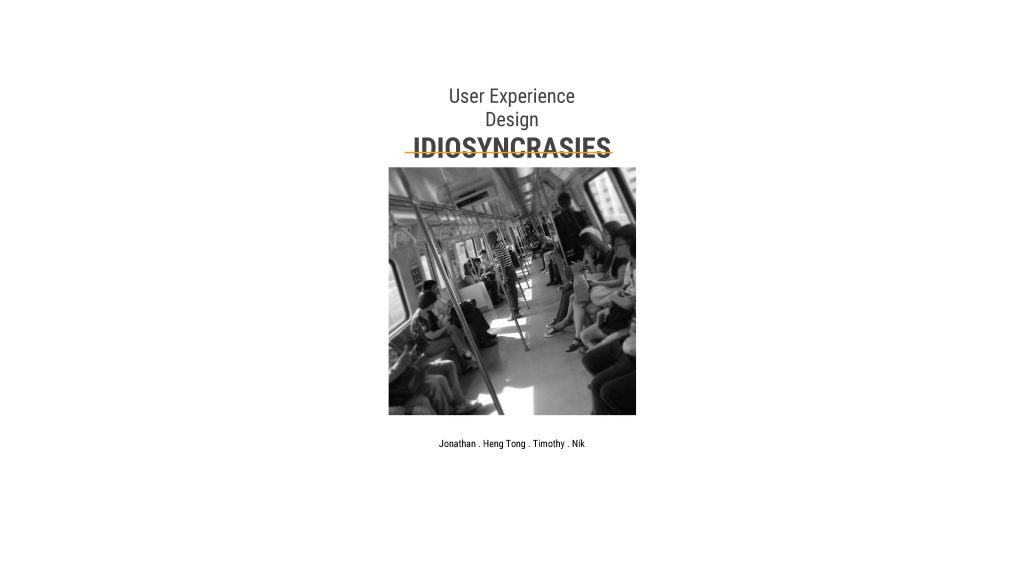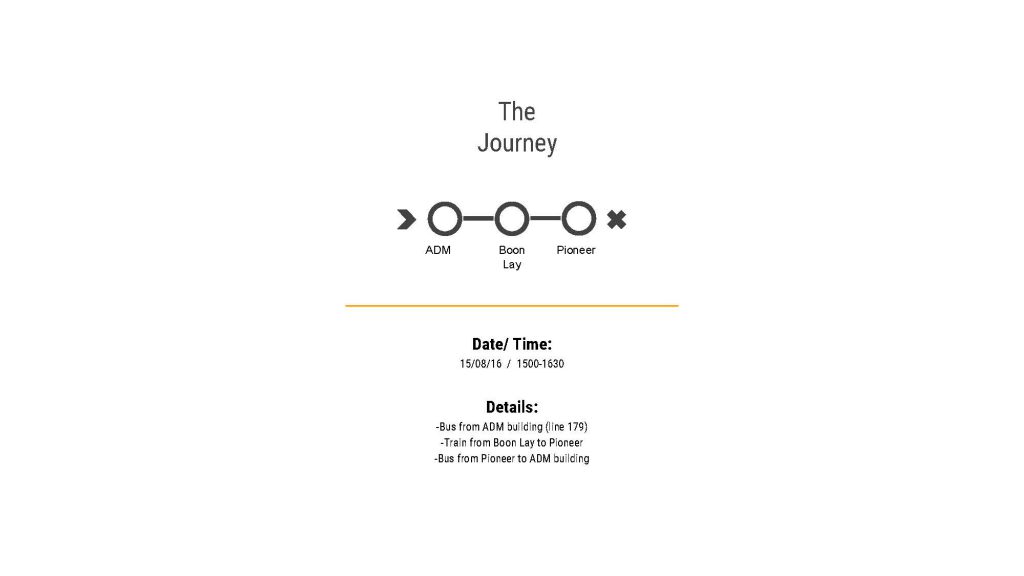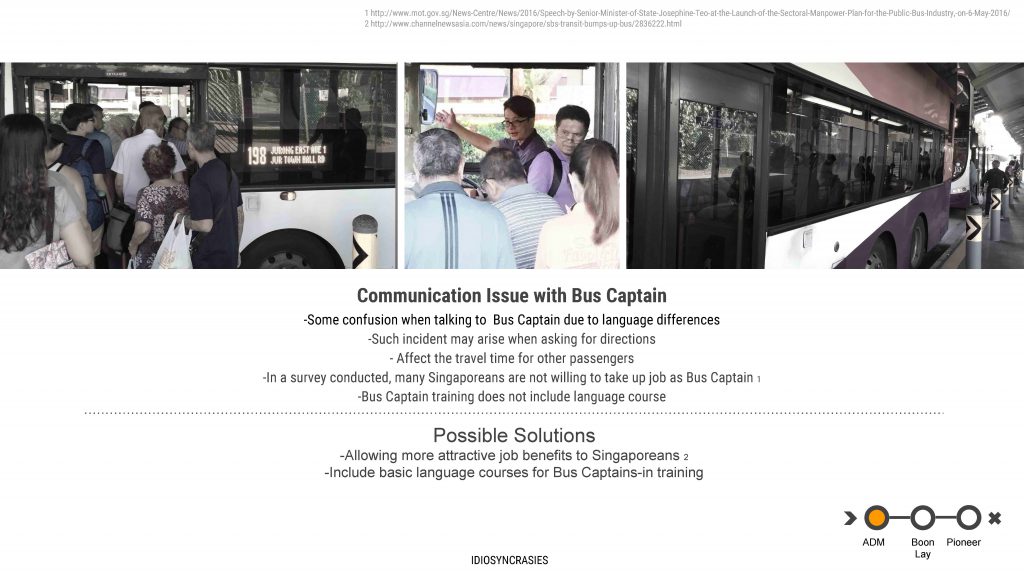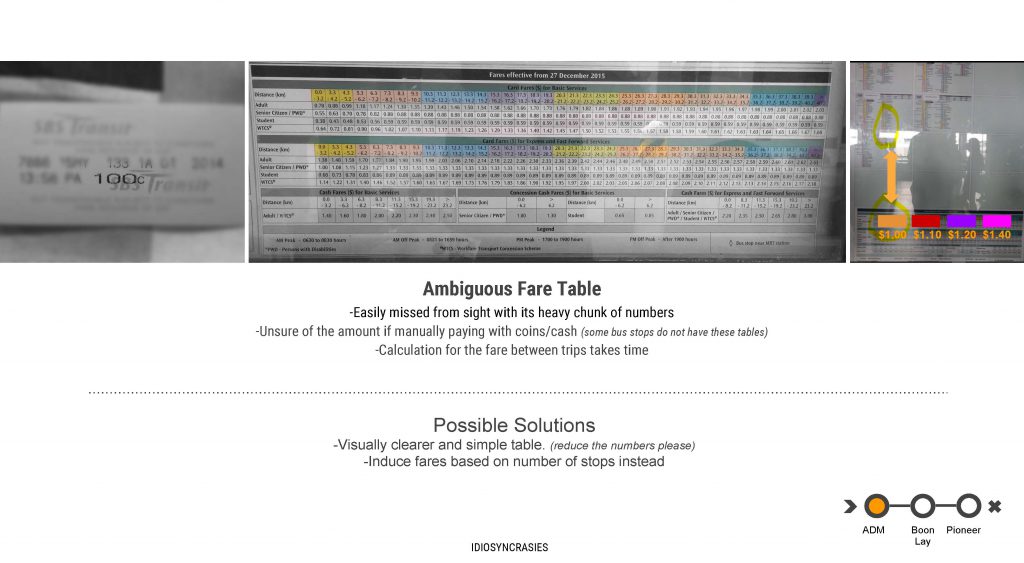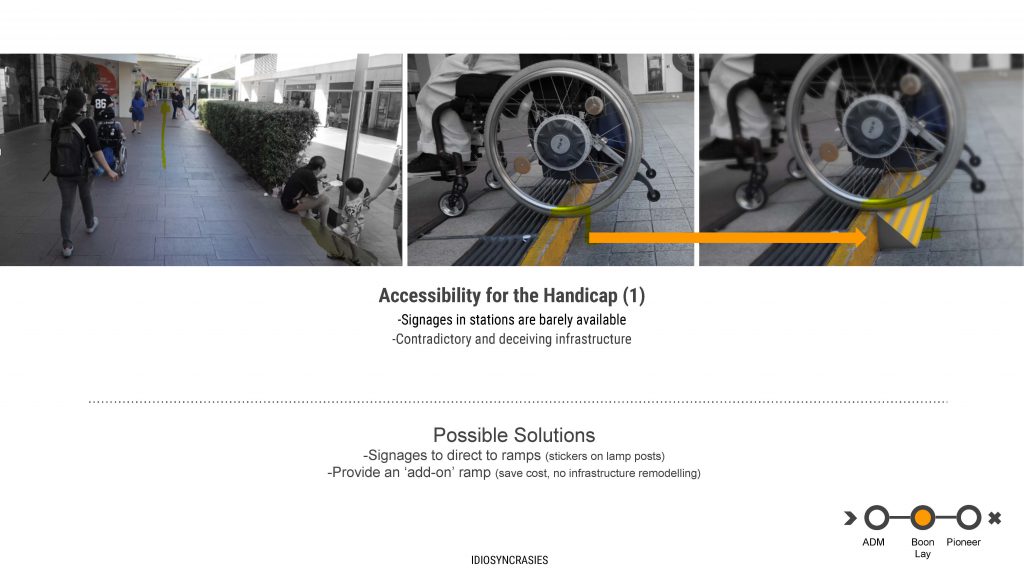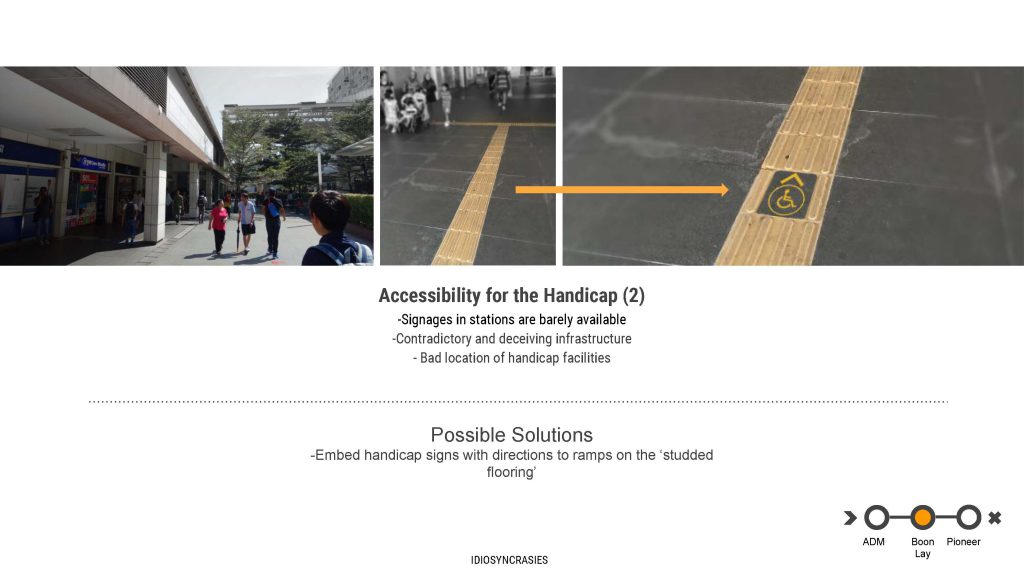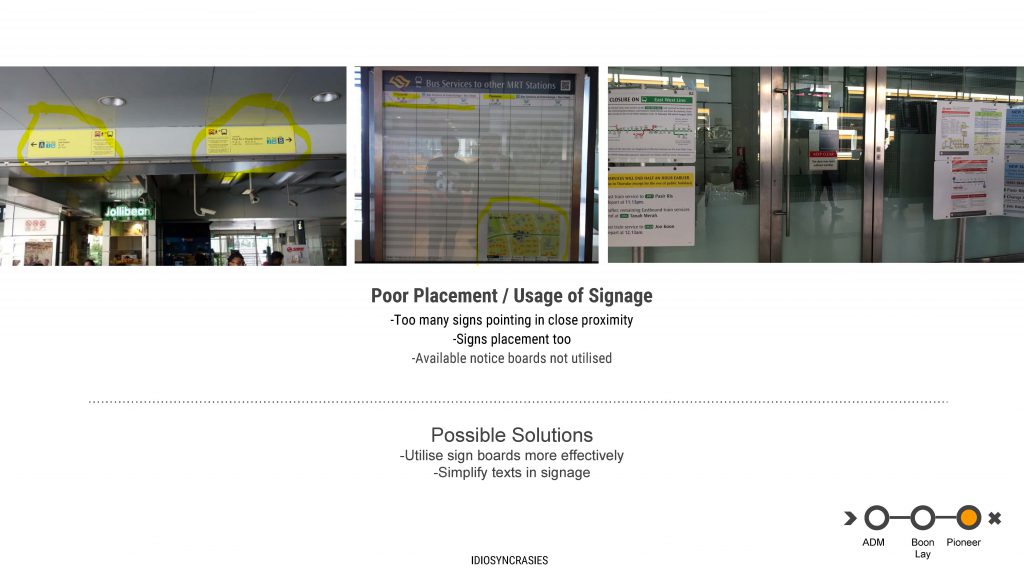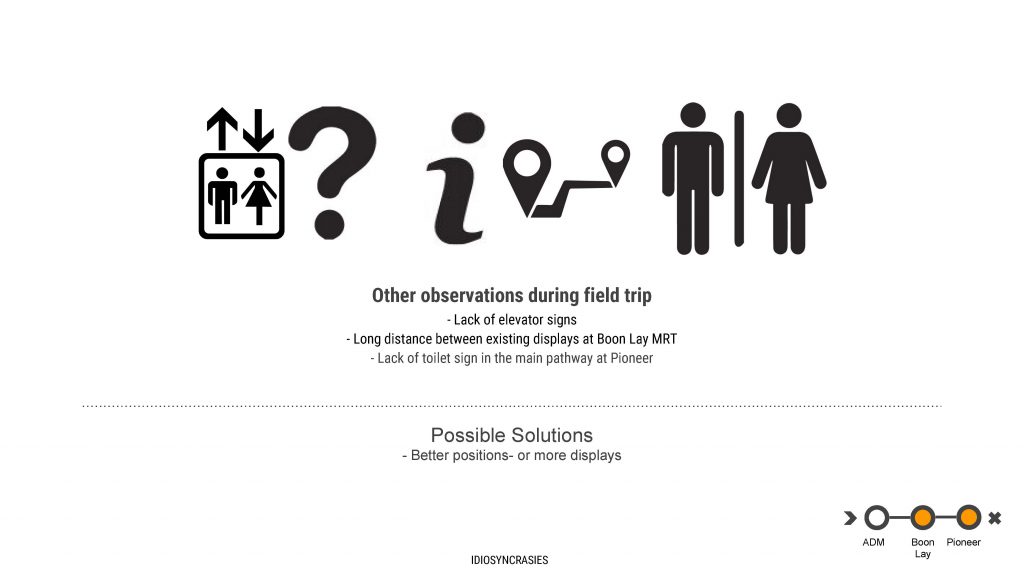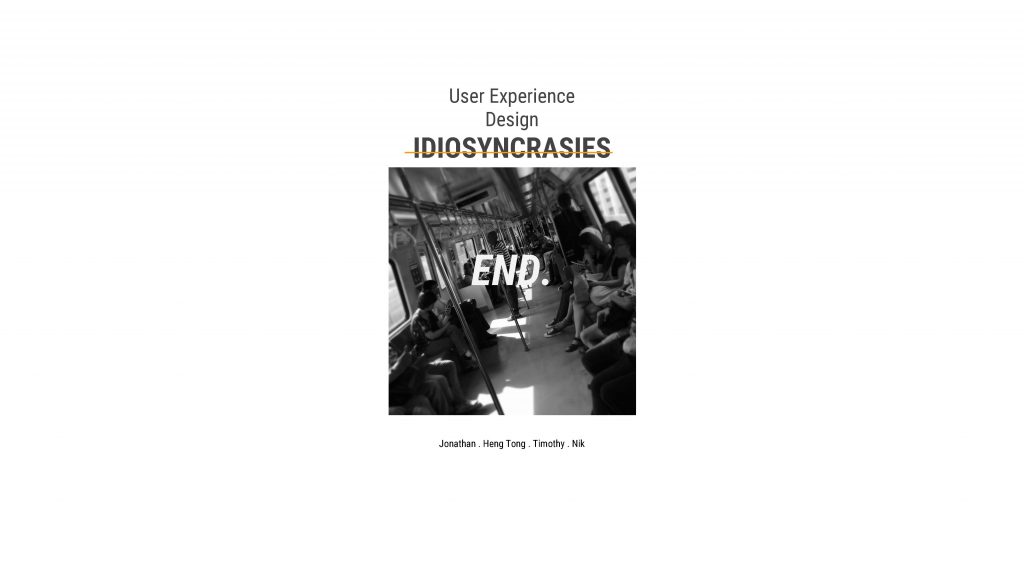Reading: CH 1 from Jonas Löwgren and Erik Stolterman, Thoughtful Interaction Design
This reading about the design process has given me a greater understanding and appreciation of design. Being a design student, we are often sheltered from many real-world problems and we have a rosier view of the design industry than it really is. The reading presents the challenges of designers in the industry without any sugar coating but also acknowledges the important and rewarding nature of design work.
Firstly, information technology is a vital part of our lives as we are living in the digital age where so much of we do is in through our smartphones or computers which have some sort of digital interface. These digital interfaces such as websites and applications have to be designed by someone who more often than not would be the designer. Therefore, the designer’s work has a big impact on society.
Digital artifacts as the writer refers to as the outcome of interaction design while according to the writer is designed by the designer, generally can have properties which are unintentional due to side effects, mistakes or lack of knowledge. I think that given as stated that the complexity of design prevents a fully rational approach and there is no perfect design process with a perfect outcome, it is perfectly acceptable that there will be unintended design characteristics which may even be a positive side effect. Having said, it is not an excuse for thoughtless design and I can understand the frustration of users when the design does not meet expectations.
This moves us to the point about being a thoughtful designer. To be thoughtful, a designer needs to understand design process, design ability, the designed product and it’s larger context. Being thoughtful is caring about one’s design ability, the design one produces and how the world will be changed by one’s design idea or decision. I guess it is not so much that a designer does not care about the job as it is a way of designing in which a designer needs to critically examine his/her role as a designer, the purpose, outcomes and benefits of different ways of designing and using different methods, tools, guidelines and theories. Design is knowledge construction; knowledge for designers, critics, client and users to share, debate, challenge, extend, reject and use.
Good design is hard to define and the author suggests that a designer should continuously define and redefine the definition of good design. However, as stated good design can be defined by a number of considerations. The core concepts outlined in the reading reminds me about the nature of design which is trans-disciplinary, future forward and contextual. Design theory states that design work is given form and structure by the designers own thoughts, consideration and actions, and it’s character is defined by people’s habits, traditions and practice. The design process is unique in that it defines terms such as problems and solutions in a way less dogmatic and more fluid. It involves the designer, the resources available and the situation. It is risky and has many aspects to consider.
Being a designer is not easy because of the number of things he/she has to juggle. A designer has to be creative to see new perspectives and yet handle contradictions, dilemmas and conflict. A designer needs the ability to cooperate understand people’s views and yet argue for ideas/proposals. Then there is the issue of personal engagement and expression, which can be tricky when trying to please a client. Design is practical and concrete, is profound and existential, is a diverse and complex activity, and requires a will and desire to change in the face of resistance. However, design is about shaping the world we live in by creating opportunities and restrictions that make up the world. Therefore, it is an important job which is also very rewarding.
As for the practicalities of design, there will always be limiting factors which may not even be design related, however, just as the writer suggest should not be an excuse for a bad design. I agree with this and in fact I see it as a positive because i believe that necessity is the mother of invention.
Finally, the last part on design and society reminded me that being a designer is much more than pleasing a client, it is also a responsibility to society.
Q1 If there is no right and wrong solution in design and no perfect design process with a perfect outcome, how does designer decide on the final outcome?
Q2 How should a designer balance between making a client happy and expressing his/her own ideas?
